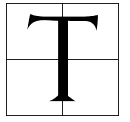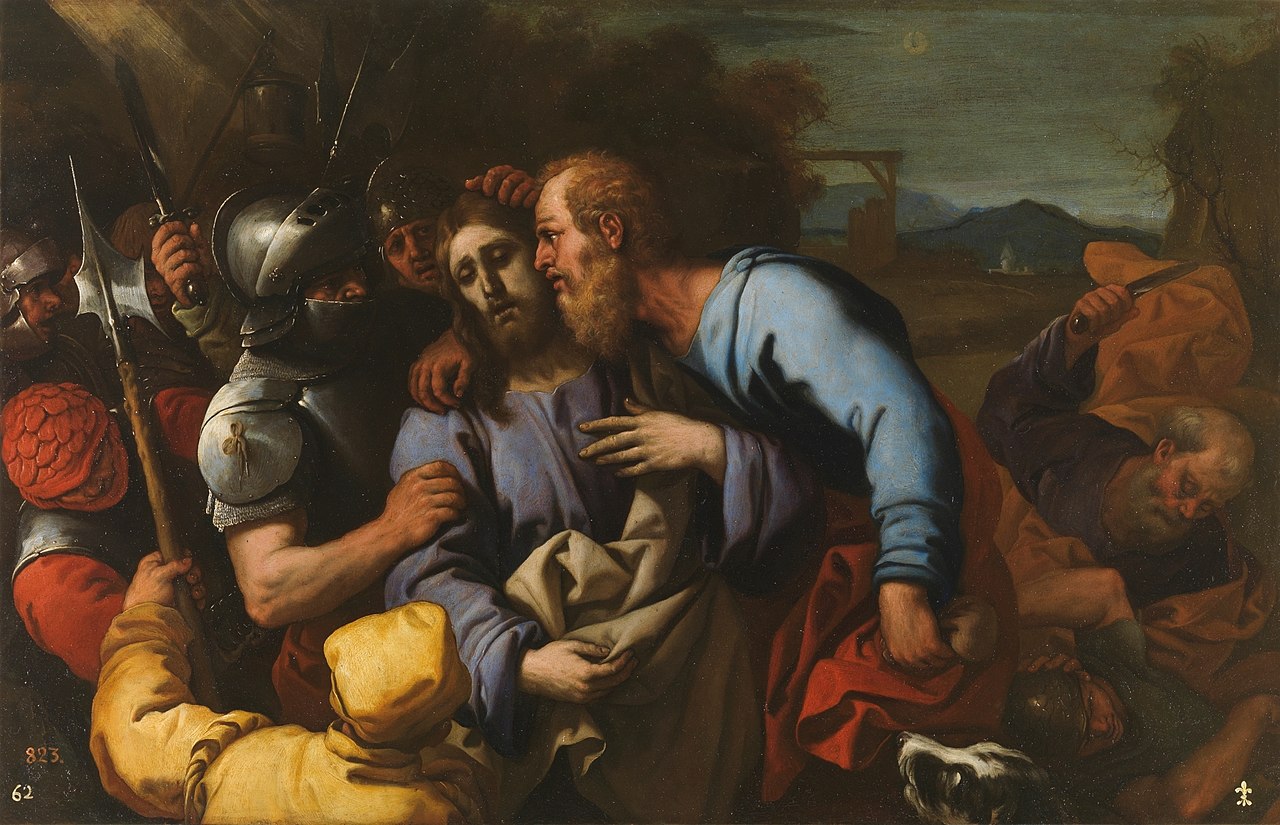 he story of Judas Iscariot’s betrayal of Jesus Christ for 30 silver coins is one of the most well-known tales in biblical history. The mention of these silver coins has raised questions about their value and worth in today’s world. In this article, we delve into the historical and monetary context of the 30 silver coins, exploring their significance at the time of Judas’ betrayal and attempting to estimate their value in contemporary terms.
he story of Judas Iscariot’s betrayal of Jesus Christ for 30 silver coins is one of the most well-known tales in biblical history. The mention of these silver coins has raised questions about their value and worth in today’s world. In this article, we delve into the historical and monetary context of the 30 silver coins, exploring their significance at the time of Judas’ betrayal and attempting to estimate their value in contemporary terms.
Understanding the Historical Context
To comprehend the worth of the 30 silver coins, it is crucial to understand their historical context. During the time of Jesus, silver coins were commonly used for trade and transactions. In the region of Judea, the most prevalent silver coin was the Tyrian shekel. These shekels were minted in the city of Tyre, known for its extensive trade networks and renowned for its high-quality silver.
The exact specifications of the silver coins involved in the betrayal are not explicitly mentioned in the Bible. However, it is widely believed that they were most likely Tyrian shekels or tetradrachms. These coins were valued for their purity and were widely accepted in the region. It is important to note that the value of these coins varied depending on the weight and purity of the silver used in their production.
Estimating the Worth of the 30 Silver Coins
Determining the precise value of the 30 silver coins today is a complex task. The worth of ancient currency is influenced by various factors such as rarity, historical significance, and demand among collectors. Additionally, fluctuations in the price of silver throughout history further complicate the estimation.
Based on historical records and expert opinions, it is believed that the silver content in a Tyrian shekel during the time of Jesus would have been approximately 14 grams. Based on today’s silver market value, the coins were worth about 0.98$ each, so the Judas betrayed Jesus for $14 more or less which is an insignificant value taking into consideration that we are talking about betraying a divine entity.
Symbolism and Betrayal
Beyond their monetary value, the 30 silver coins hold profound symbolic significance in the story of Judas’ betrayal. The price agreed upon for the betrayal represents a trivial sum, often interpreted as a paltry amount in exchange for the act of treachery. This perception reinforces the notion that Judas’ actions were driven by greed and personal gain rather than any substantial monetary reward.
Furthermore, the biblical narrative places great emphasis on the remorse and guilt experienced by Judas after his betrayal. In an attempt to rid himself of the guilt associated with his actions, Judas famously returned the 30 silver coins to the chief priests and elders. The priests, considering the coins tainted, used them to purchase the “Potter’s Field,” which became a burial place for strangers.
The Value of Betrayal
The story of the 30 silver coins serves as a cautionary tale, reminding us of the consequences that can arise from betrayal and the pursuit of material gain at the expense of integrity. While estimating the contemporary value of these coins provides a glimpse into their worth in monetary terms, it is essential to recognize that their true value extends beyond mere currency.
The worth of the 30 silver coins lies in their historical and symbolic significance, representing the betrayal of trust and the lasting lessons derived from this biblical tale. Ultimately, the true value of the story lies in its timeless message of integrity, redemption, and the importance of the choices we make.
Avid Writer with invaluable knowledge of Humanity!
Upcoming historian with over 30 million views online.
“You make your own life.”





